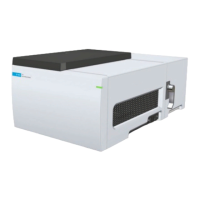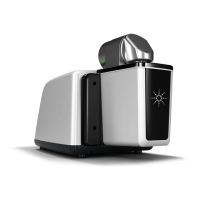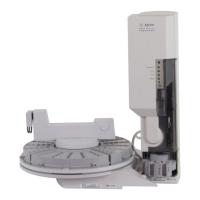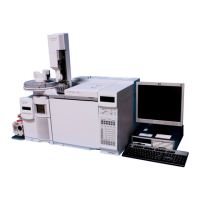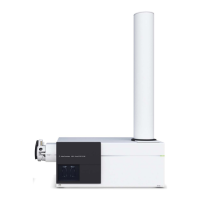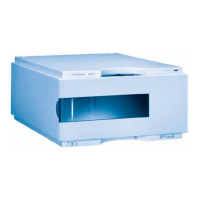Agilent Cary 8454 UV-Visible Spectroscopy System Operator’s Manual 59
Good Measurement Practices 4
General Considerations
Solvents
Your choice of solvents should be based primarily on the solvent’s absorbance
characteristics over the wavelengths of interest, its suitability as a solvent for
the analyte, and on experimental conditions. Table 2 lists common solvents
and the lower limit of their useful wavelength range.
Table 2 Lower limit of UV transmission for some common solvents
Lower Limit Solvent
180–195 nm Sulfuric acid (96%)
Water
Acetonitrile
200–210 nm Cyclopentane
n-Hexane
Glycerol
2,2,4-Trimethylpentane
Methanol
210–220 nm n-Butyl alcohol
Isopropyl alcohol
Cyclohexane
Ethyl ether
245–260 nm Chloroform
Ethyl acetate
Methyl formate
265–275 nm Carbon tetrachloride
Dimethyl sulfoxide
Dimethyl formamide
Acetic acid
280–290 nm Benzene
To l u e n e
m-Xylene
Above 300 nm Pyridine
Acetone
Carbon disulfide
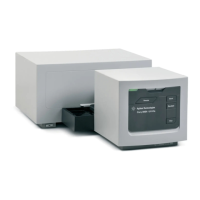
